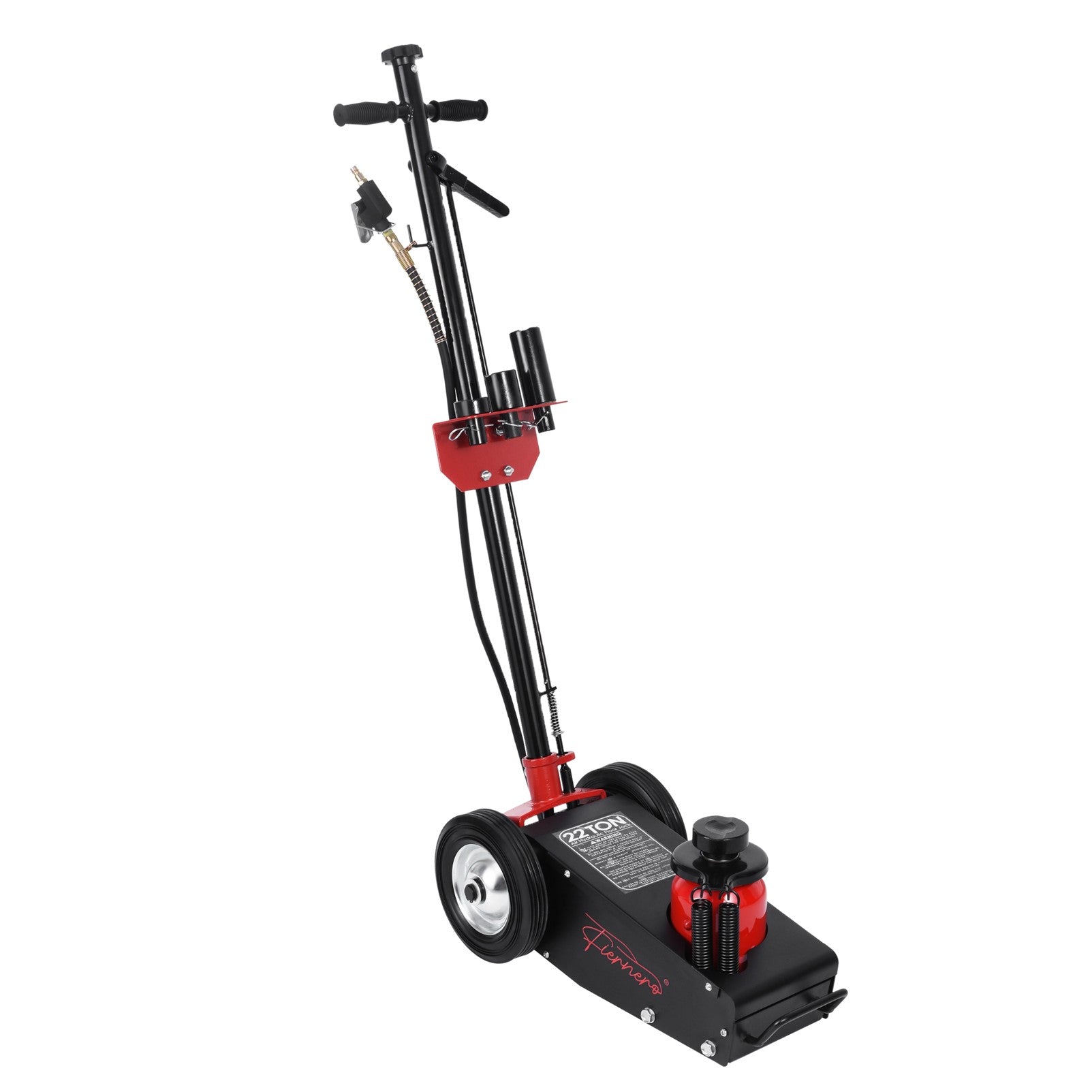Transmission jacks are the unsung heroes of automotive repair, silently lifting and supporting transmissions to keep vehicles on the road.
In this article, we'll delve into exploring their types, key features, and how to select the perfect one for your garage. Get ready to elevate your understanding of this essential tool!
The Role of Transmission Jacks in Auto Repairs
When it comes to automotive repairs, precision and safety are paramount. Transmission jacks play a vital role by safely lifting and positioning transmissions, making repair work more efficient and secure. They are the trusted companions of mechanics and DIY enthusiasts alike.
Types of Transmission Jacks
Transmission jacks come in various types, each with its own set of advantages:

- Hydraulic: Known for their power and versatility, hydraulic jacks are suitable for a wide range of vehicles.
- Pneumatic: Offering quick and precise lifting, pneumatic jacks are ideal for busy garages.
- Manual: With no need for power sources, manual jacks are portable and reliable.
Key Features and Components
Understanding the components is essential to choose the right one. Here are some key features and components to consider


- Weight Capacity: Ensure the jack can handle the weight of the transmission you're working on.
- Lifting Range: Check the jack's lifting range to ensure it can reach the desired height.
- Safety Mechanisms: Look for safety features like locking mechanisms and overload protection.
Selecting the Right Transmission Jack
Choosing the right transmission jack involves considering various factors:
- Vehicle Type: Different jacks are suitable for cars, trucks, and other vehicles.
- Transmission Size: Ensure the jack's cradle is compatible with your transmission's size.
- Workspace Constraints: If you have limited space, opt for a compact jack that's easy to maneuver.
Safety Considerations
Safety should always be a top priority when working with transmission jacks. Follow these safety guidelines:
- Load Limits: Never exceed the jack's weight capacity.
- Proper Positioning: Ensure the jack is stable and correctly positioned.
- Regular Inspections: Regularly inspect the jack for wear and damage.
Maintenance and Care
To prolong the lifespan of your transmission jack, follow these maintenance tips:
- Regular Inspections: Check for leaks, loose components, and signs of wear.
- Lubrication: Keep moving parts well-lubricated for smooth operation.
- Storage Practices: Store the jack in a dry and secure place.
Transmission jacks are essential tools for any garage, ensuring safe and efficient transmission repairs. By understanding the types and features of these jacks and considering safety and maintenance, you'll be well-equipped to select the right one for your needs.
So, what are you waiting for? Get out there and start exploring our range of transmission jacks and accessories today!

